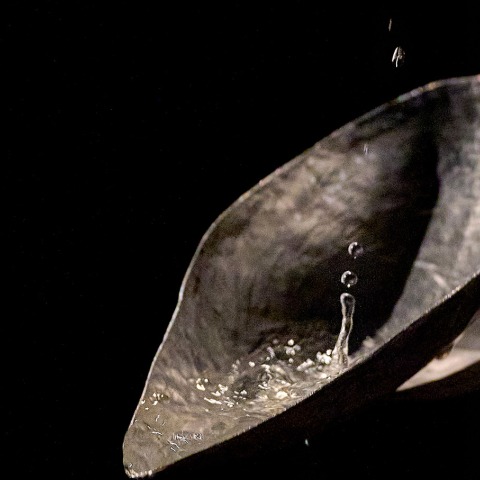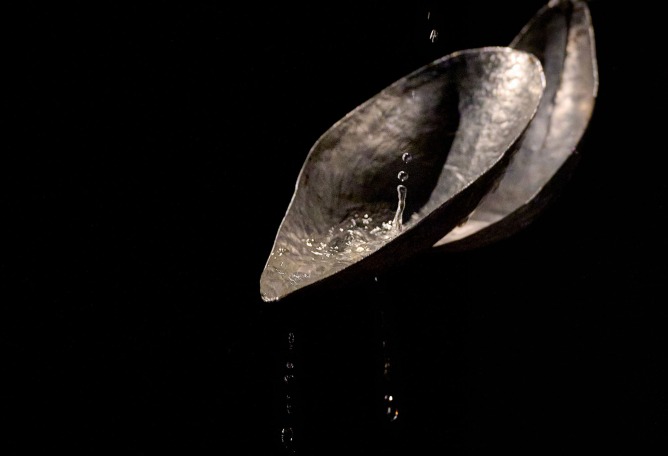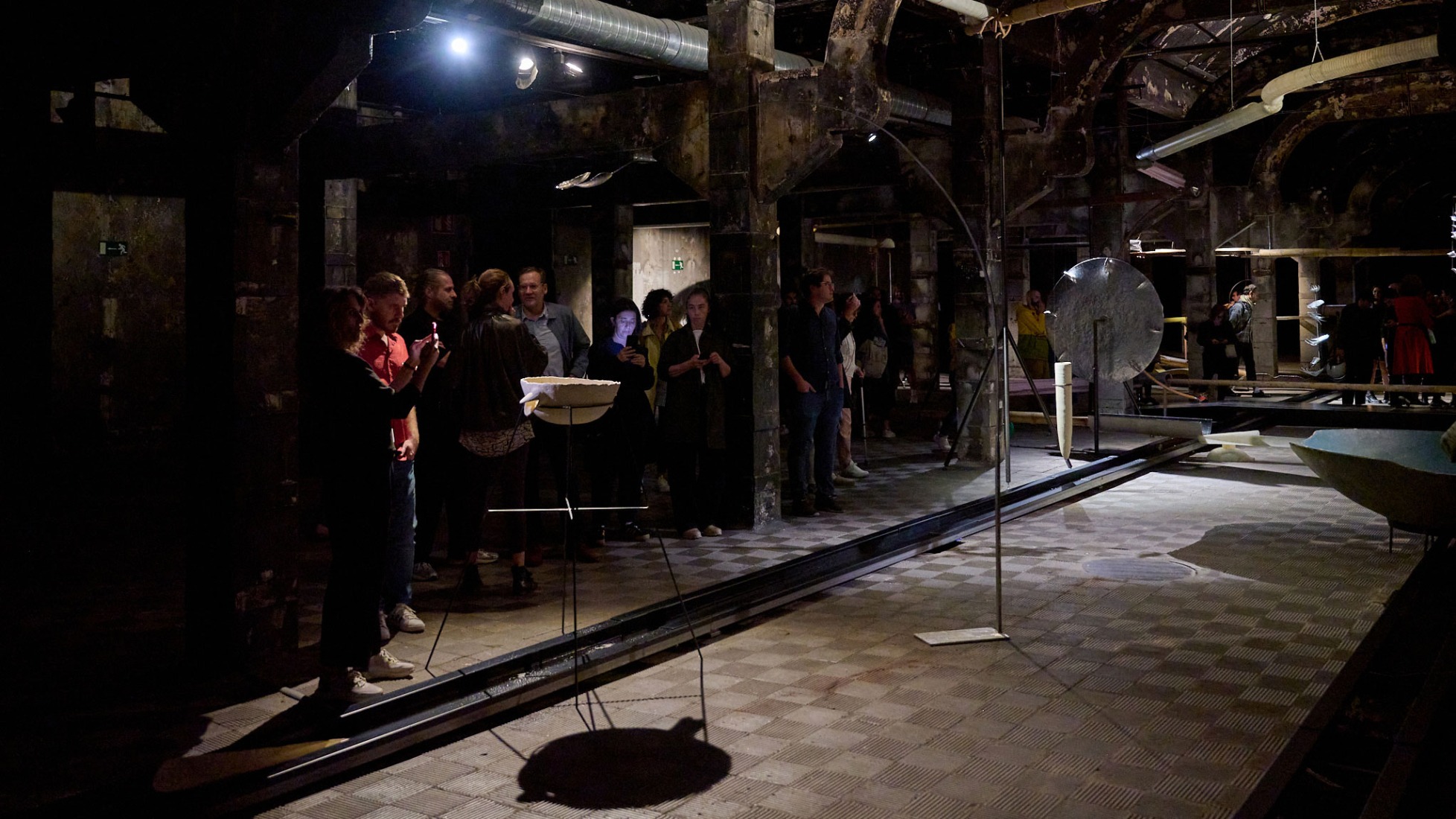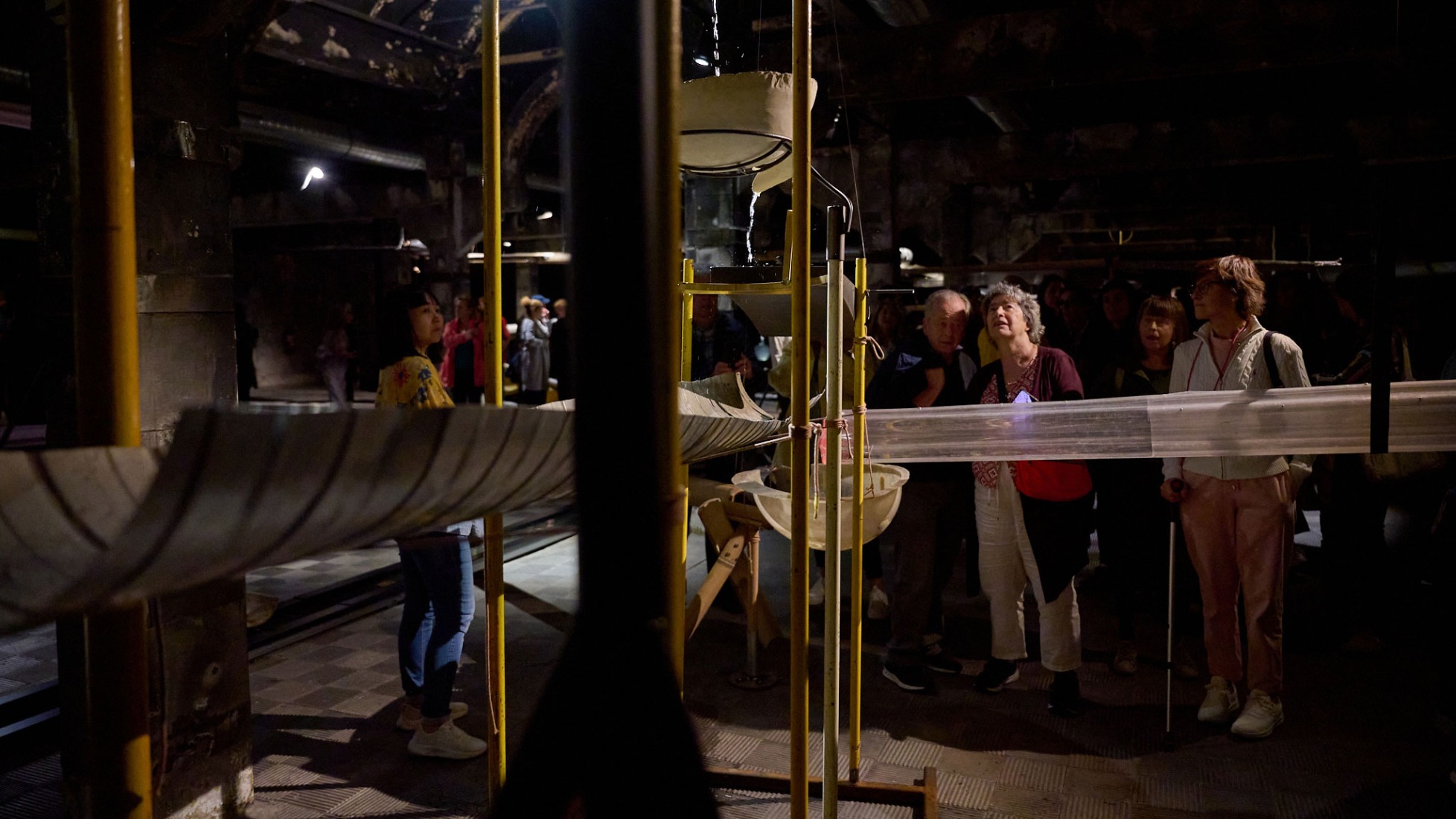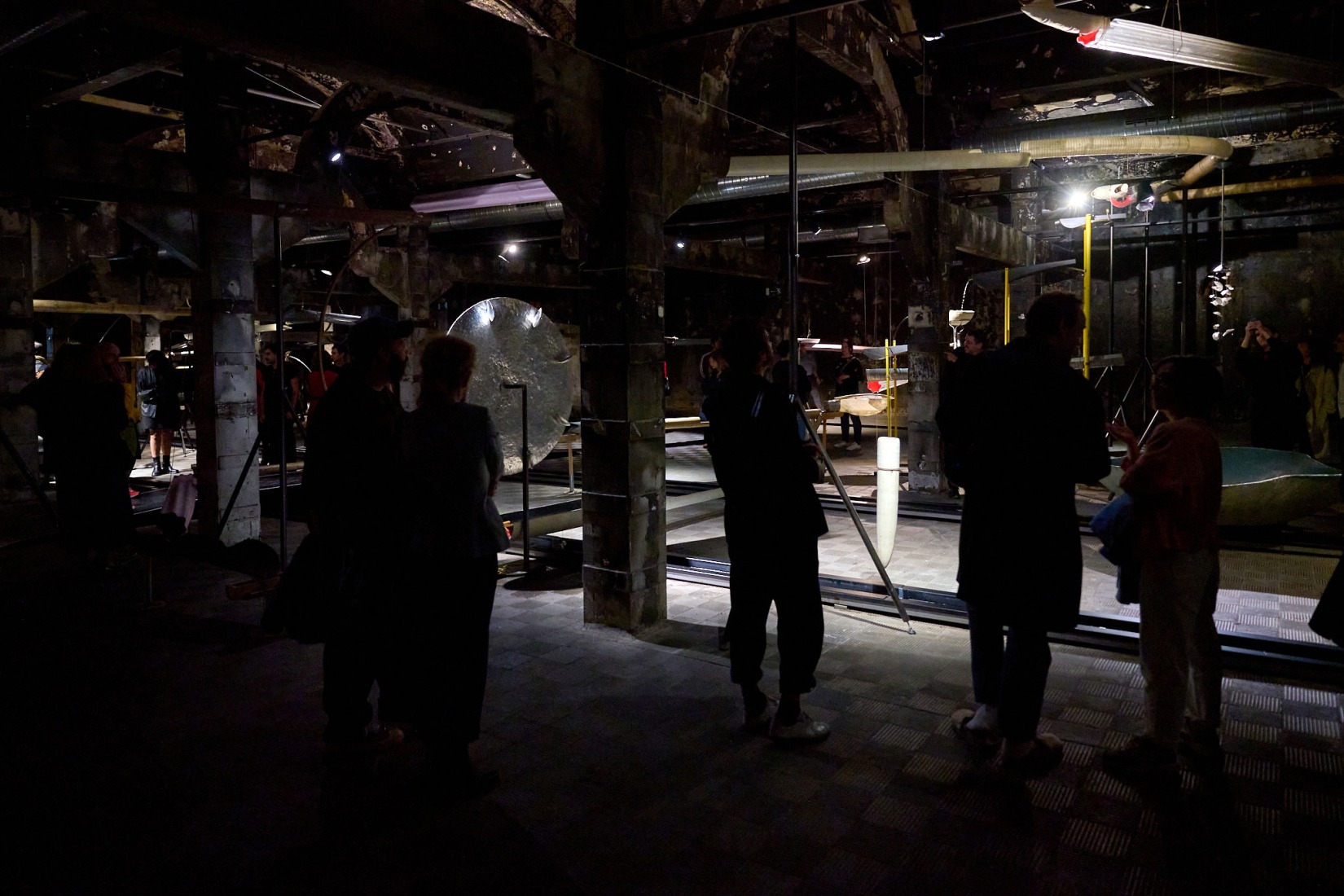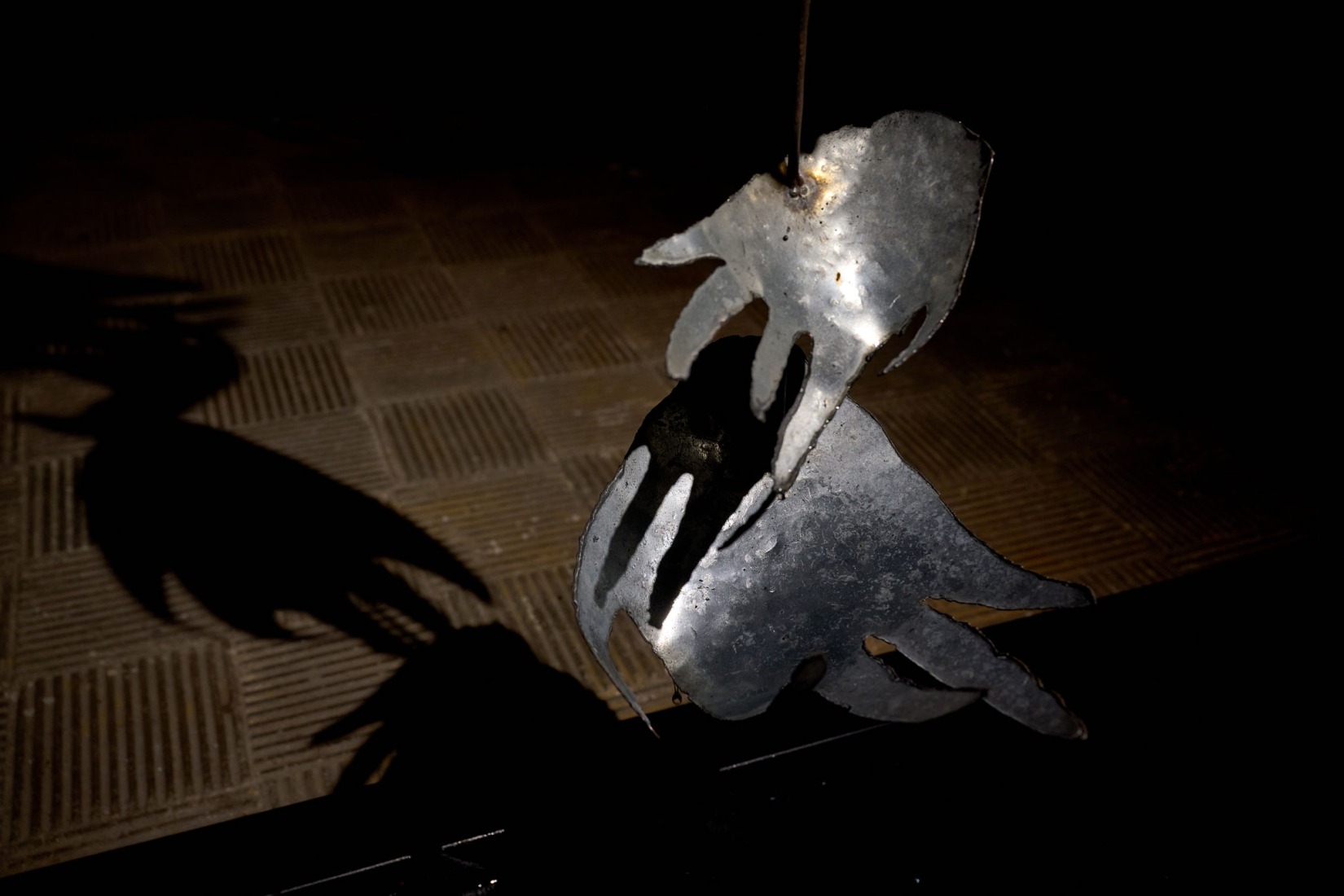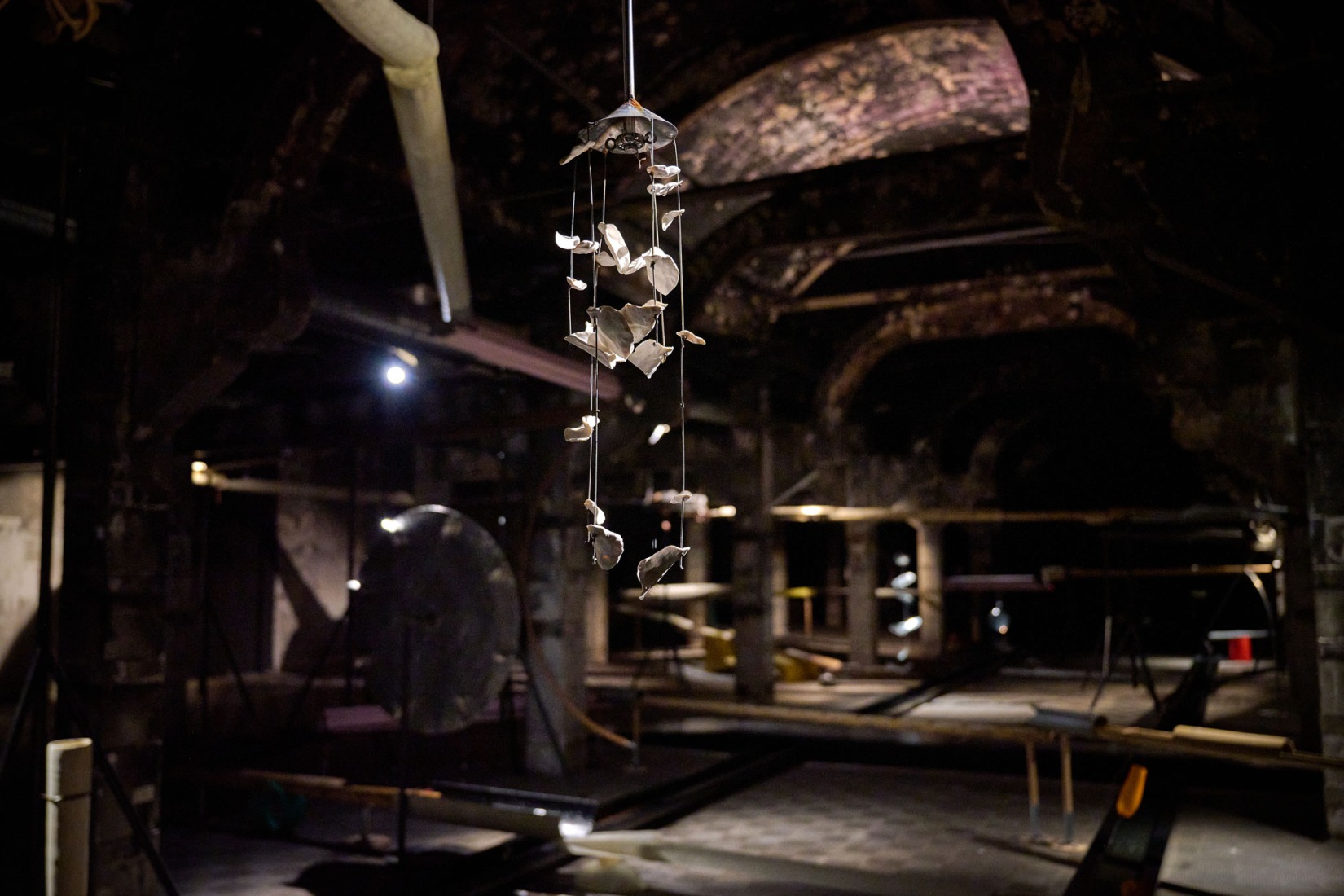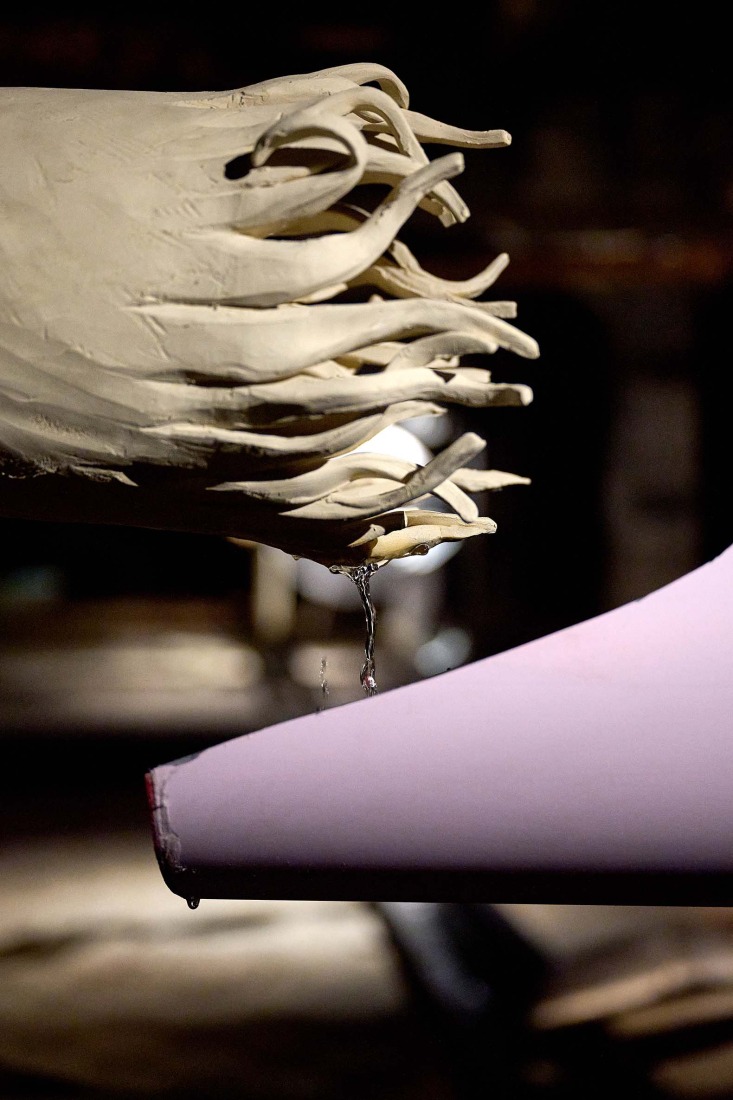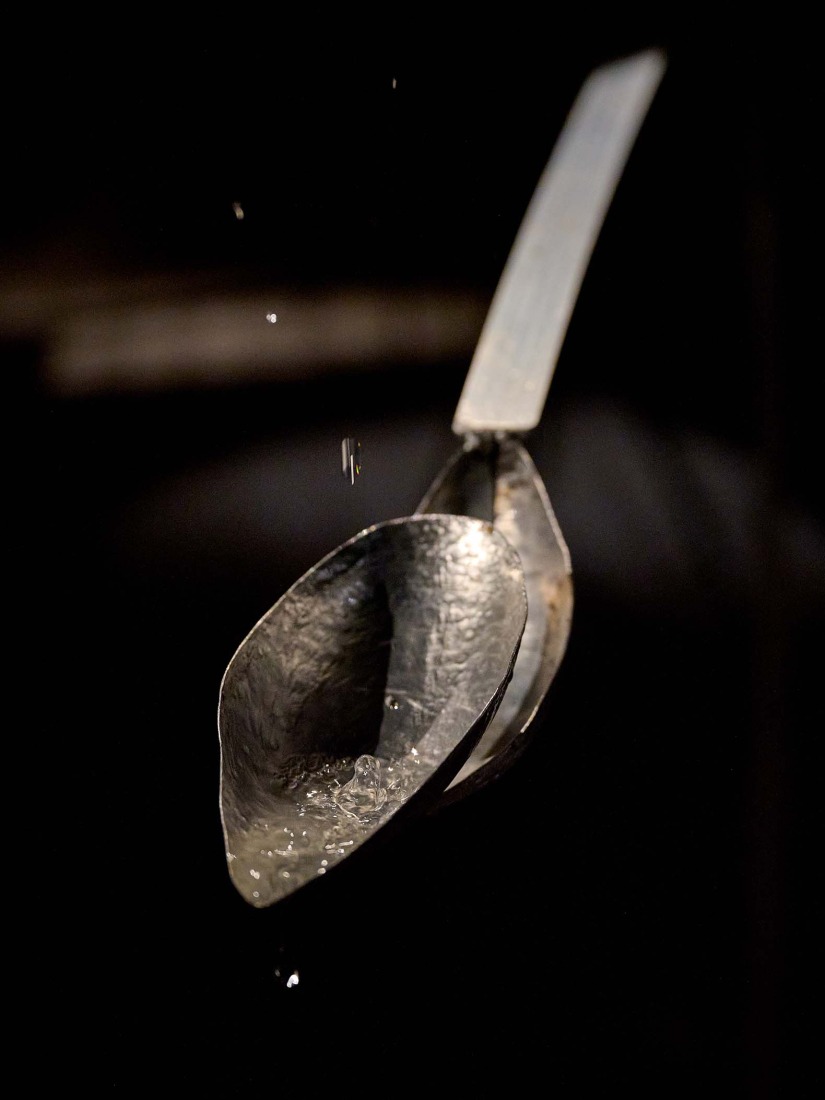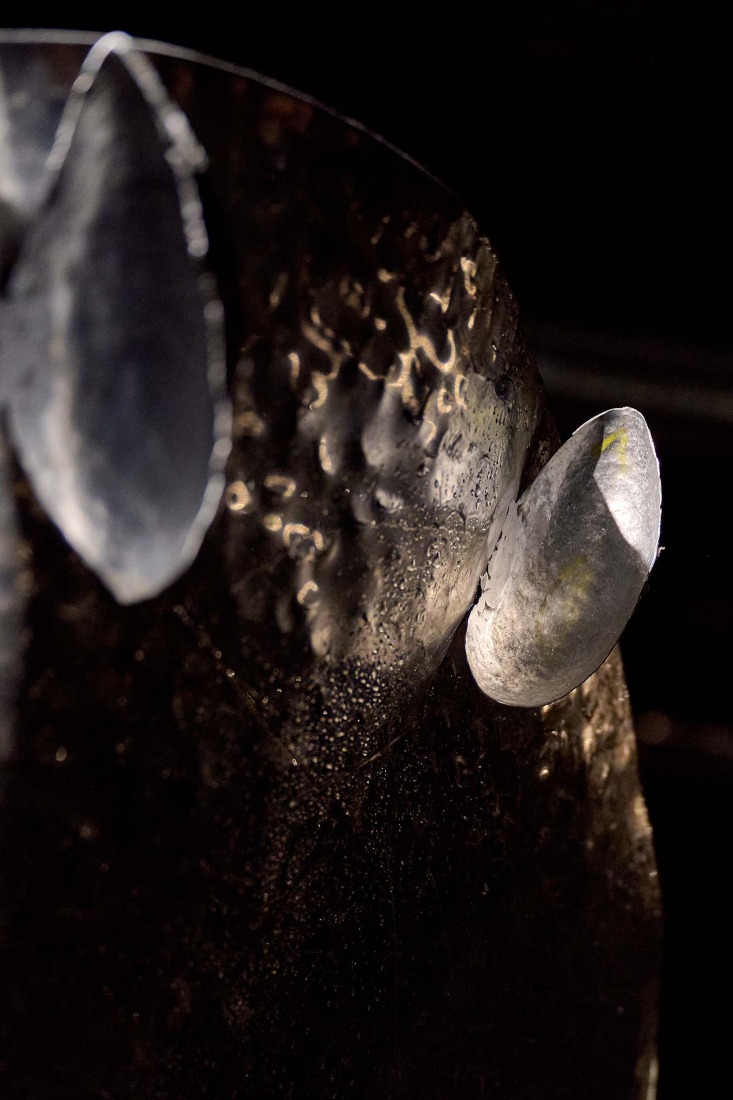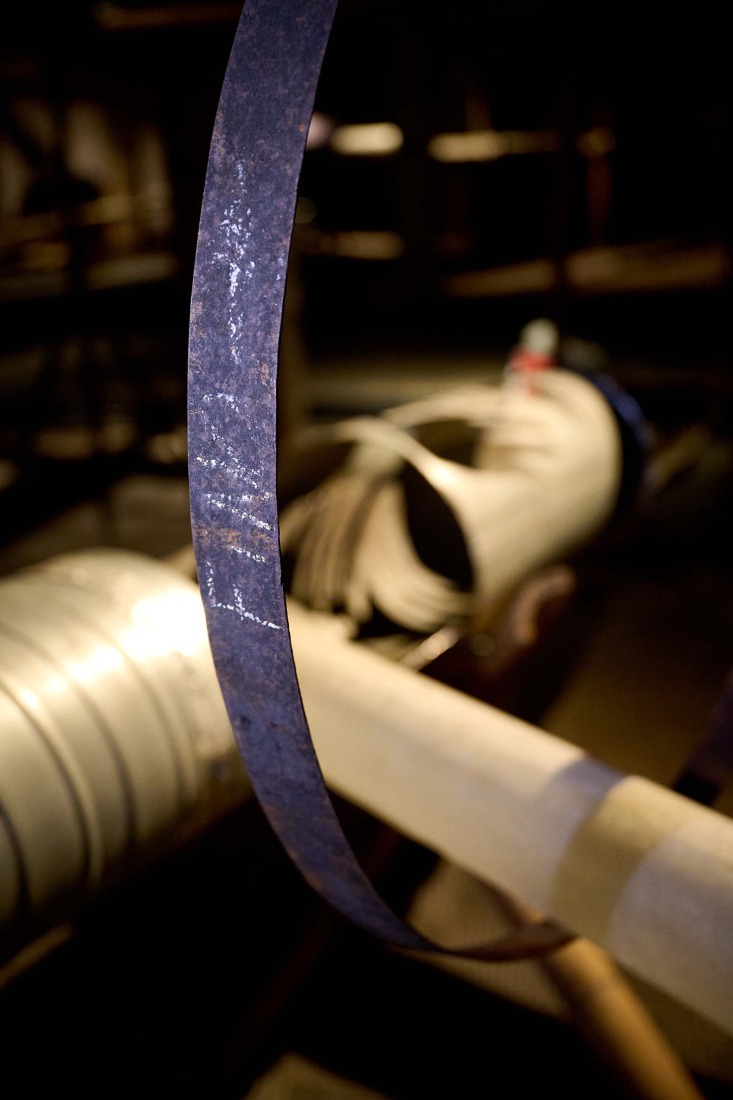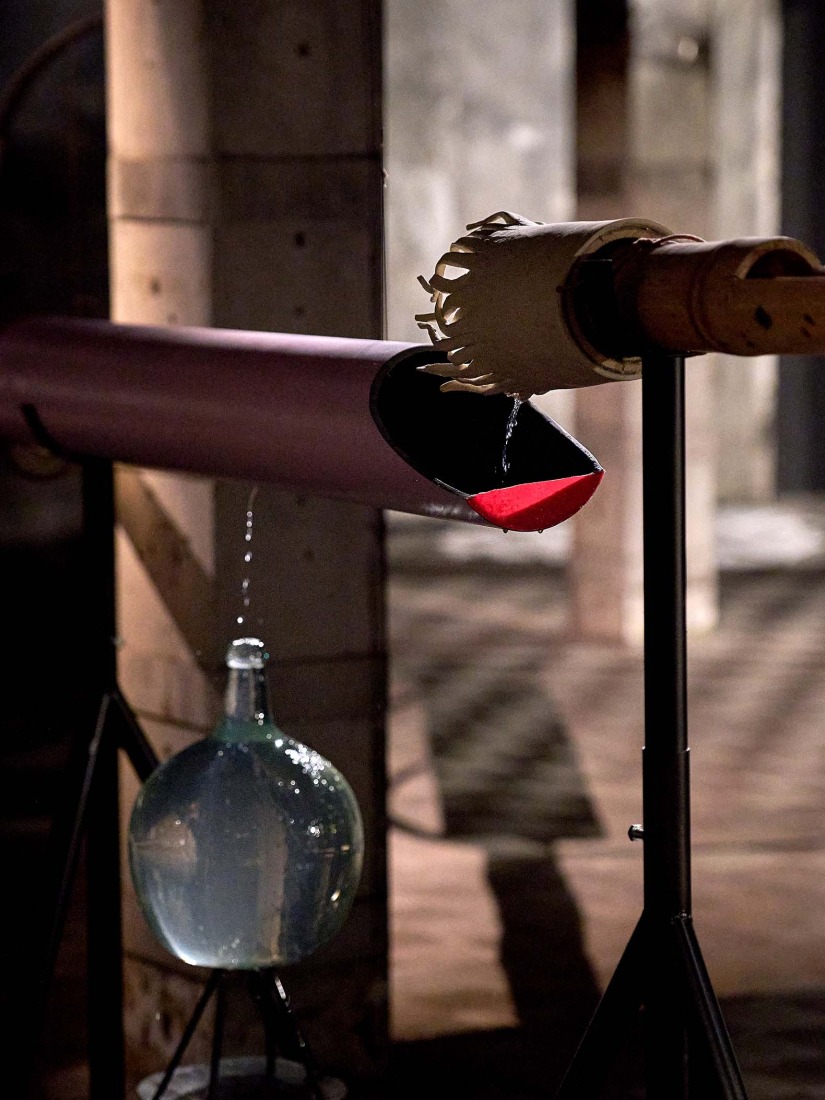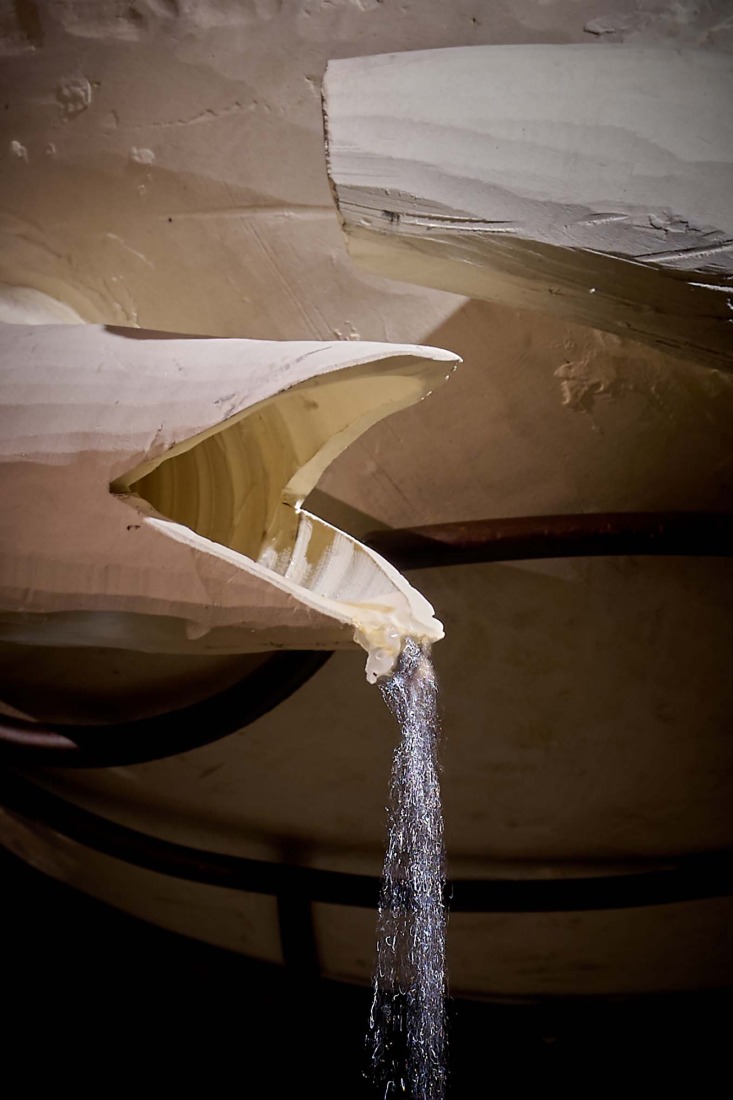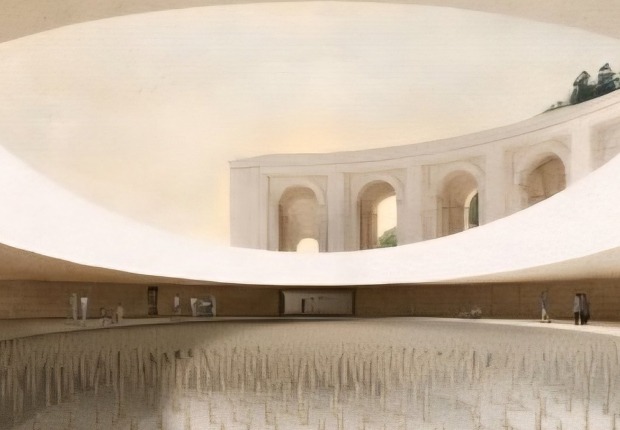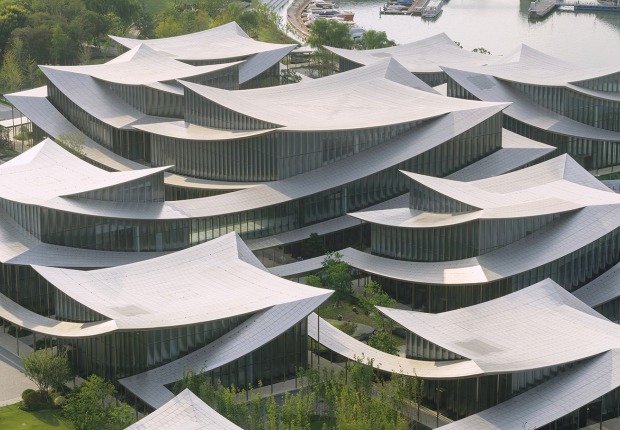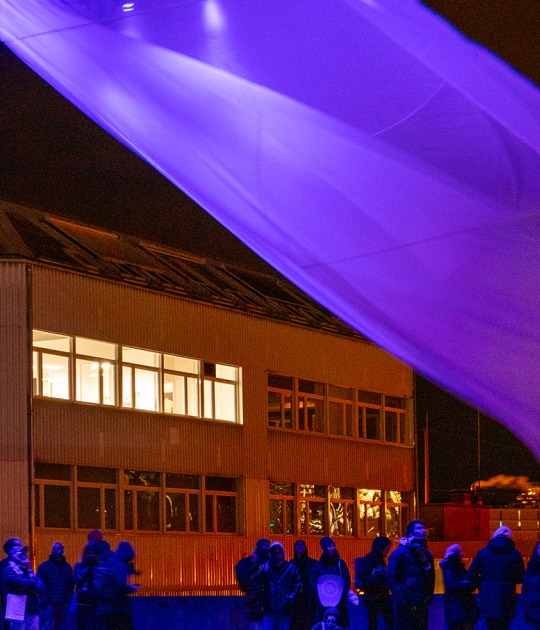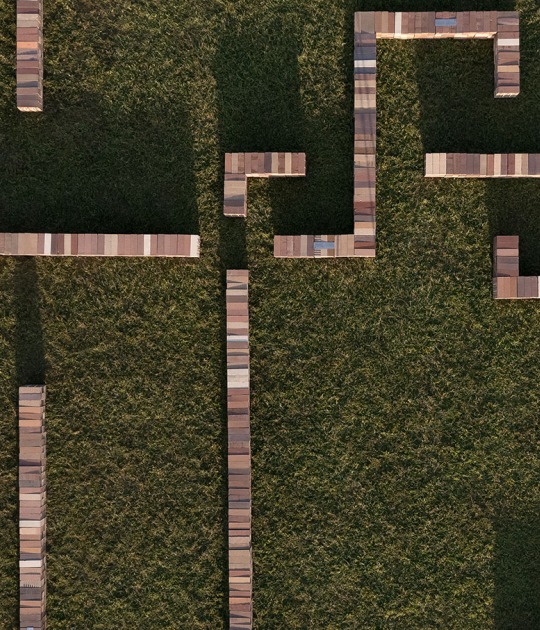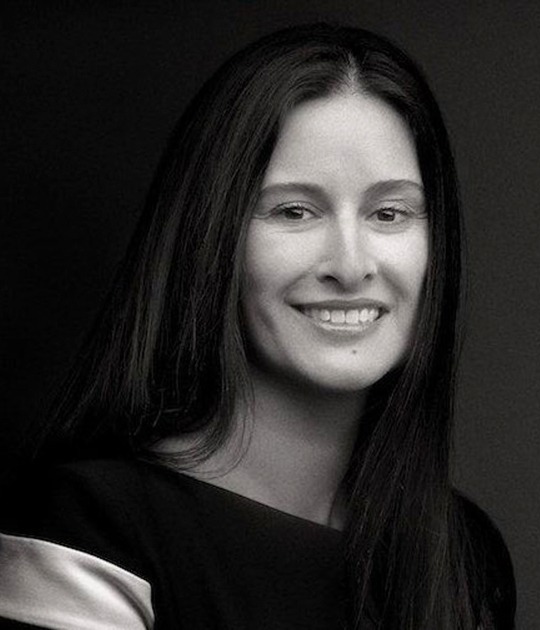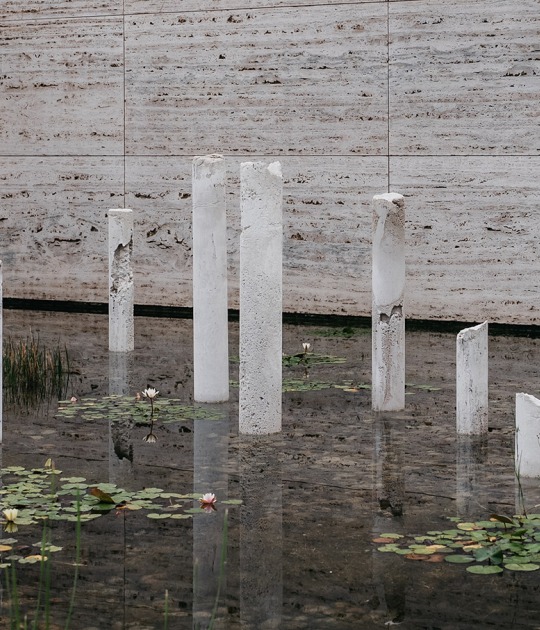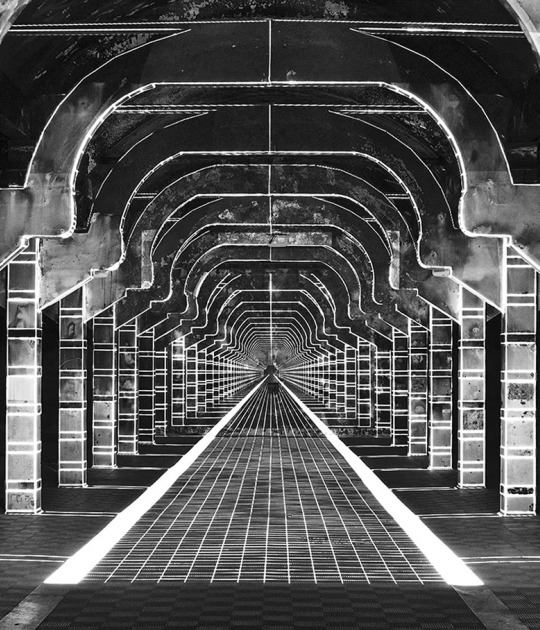
Cristina Mejías combines installation, sculpture, and video, focusing on the relationship between water, the transmission of knowledge, and material transformation. She draws on a fascination with the flow of water, evoking Arab gardens, nature, and inherited narratives. The work continues an investigation begun in 2021 during a residency in the Azores, where water flowed through the forest via ephemeral structures.
Based on previous experiences, including her work in Valladolid and Córdoba, the artist constructs a fragile ecosystem without hierarchies, where each piece depends on another and gravity articulates the whole. Forms and words become polysemous, inviting multiple interpretations. The materials, largely recycled, accumulate traces and narratives, linking to traditional crafts and slow learning processes. The water flows and branches out, generating a choral composition inhabited by hybrid creatures that embody voices and knowledge in transformation over time.

Lengua en coro, cuenta by Cristina Mejías. Photograph by Fernando Tribiño.
Project description by Soledad Gutiérrez
Language in Chorus, a Story
This proposal by Cristina Mejías arises in dialogue with the space that houses it, the former cold storage chamber of the Madrid Municipal Slaughterhouse. A room that is traversed lengthwise by what were once the drainage channels of the municipal facility. Starting from these channels and the desire to recover this disused, covered, and forgotten element, Cristina invites us to enter this installation in which water becomes a sensitive material that flows through a network of sculptural gestures that nourish stories and construct narratives.
There is something magical and fascinating, almost hypnotic, in observing the flow of water, a sound that transports us to the Moorish gardens, so prevalent in Andalusian architecture. At the same time, it reminds us of nature and the fragile balance that sustains it, or of those legends that shape us and that have been passed down from generation to generation. This installation delves into Mejías's desire to understand the materiality of knowledge construction, to grasp the workings of transmission, and to understand that each element is transformed in contact with the other, adding layers of meaning, and that it is precisely in this evolution that its richness lies.

Lengua en coro, cuenta (Tongue in Chorus, Story) is part of a series of projects that Cristina Mejías began in 2021 during a residency at Pico do Refúgio in the Azores Islands, which resulted in her first site-specific installation: Knot The Tongue, Grasp a Stream, in which water flowed through the forest via different sculptural elements. An ephemeral mechanism knotted to the natural elements, impossible to control and possessing a poetic fragility.
Learning is based on experience, and it is precisely from that first experience in the Azores, interwoven with two of her most recent projects: Wandering Apprentices (Patio Herreriano Museum, Valladolid, 2023) and Knowing by Ear (C3A, Córdoba, 2025), that Cristina proposes this new chapter in her work. Language in Chorus, it tells a fragile and mutable ecosystem where there are no hierarchies or ranks, since each of its pieces depends on another, generating a knot of balances in which gravity is both driving force and strength. In this imagined landscape, forms, like words, are polysemous, and the visible and the invisible are part of the narrative. An invitation for us to create our own interpretations from these sculptural gestures and embody an experience in which hands guide and caress us, becoming both container and content; we see its positive and find its negative. Water overflows, light filters, reflections appear on the architecture; the place itself also nourishes the story.
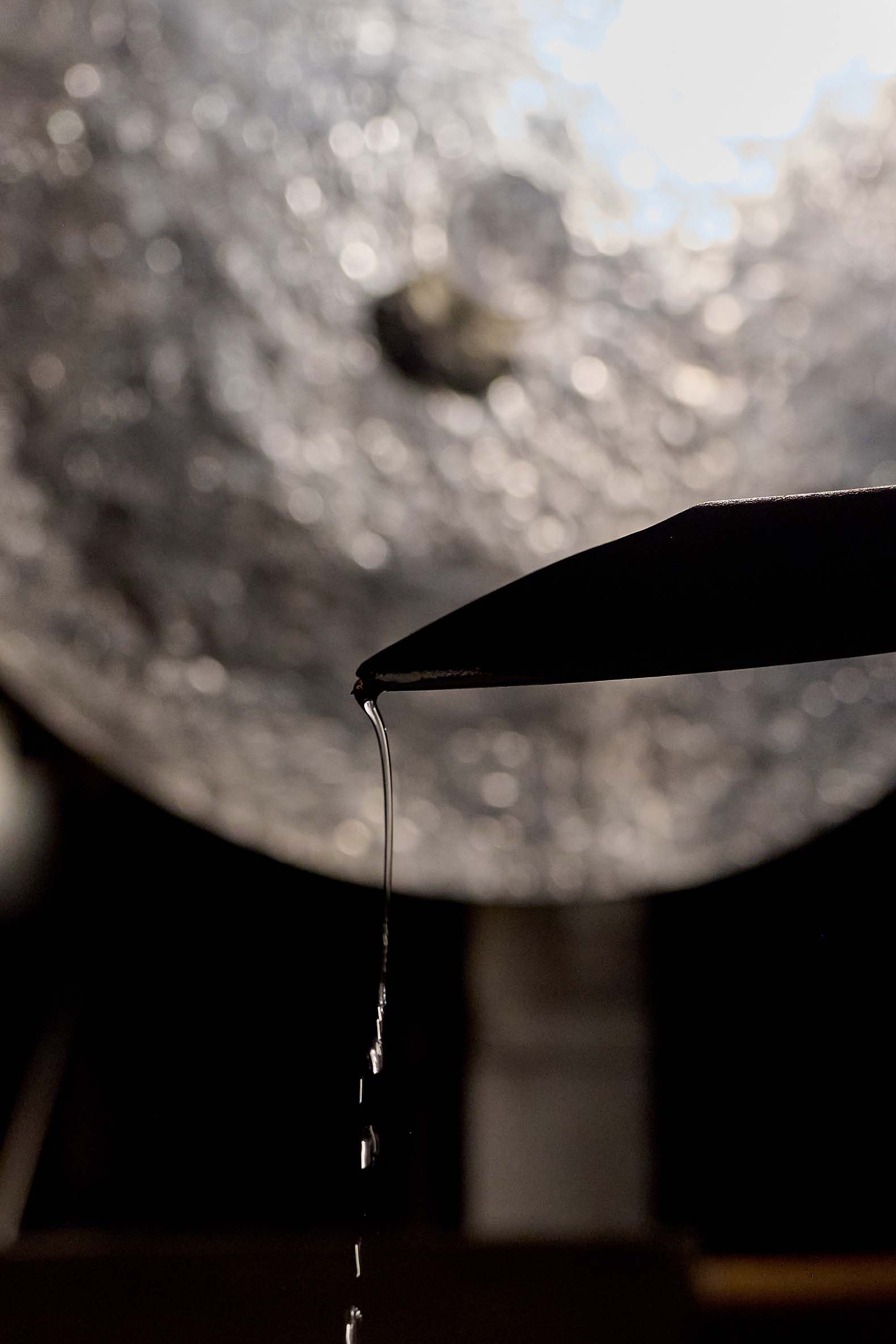
Water seeps through, and in doing so, transforms the landscape. The sculptural elements that make up this narrative are mostly produced from recycled materials, objects from other projects, both external and internal, that are modified and adapted to this new use, accumulating marks, traces, stories, and making the abandoned useful. A human trace is also present in the new productions: handcrafted ceramic and metal pieces that reference the transmission of traditional knowledge, a process that requires a long, unhurried time and dwells in imperfection, in the babbling, the stumbles of those bodies learning to speak, to walk, to flow, and that construct language, movement. This knowledge also includes that of the irrigation ditch digger who reads the topography of his mountain range and sows the water in the gorges, caring for the landscape.
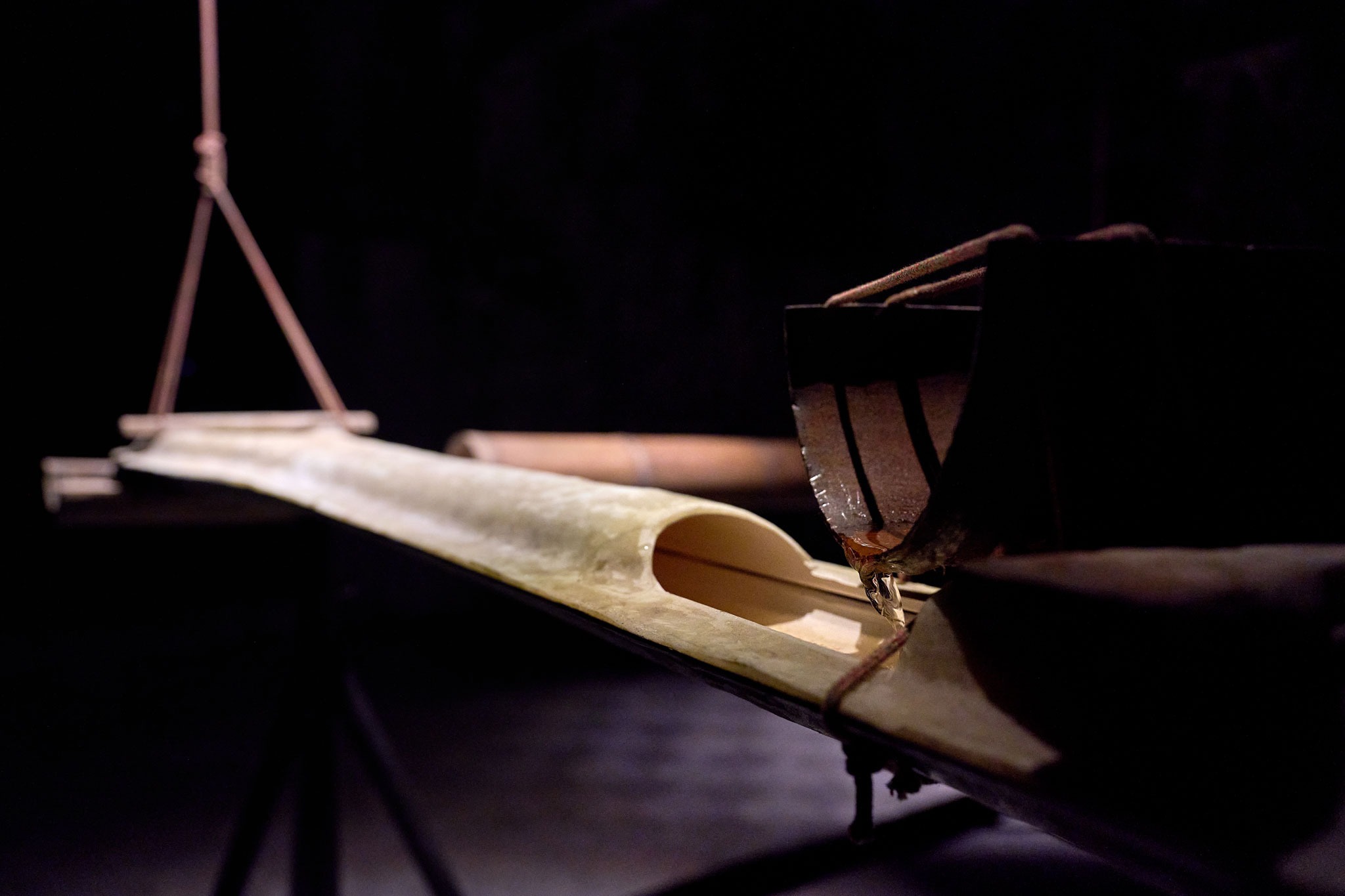
The water flows, bifurcating through a two-mouthed creature, becoming a voice, transmuting the space into a choral composition through which we open ourselves to the multiple possibilities and forms that things take. These creatures that accompany us, half human, half magical, formless organisms to which our imagination gives life, perhaps hold those voices, that knowledge that has flowed through time. In this polyphonic fable of shifting rhythm, there is no beginning or end; we walk through a knot of present moments in search of a resolution that never comes. What remains of that first story?
